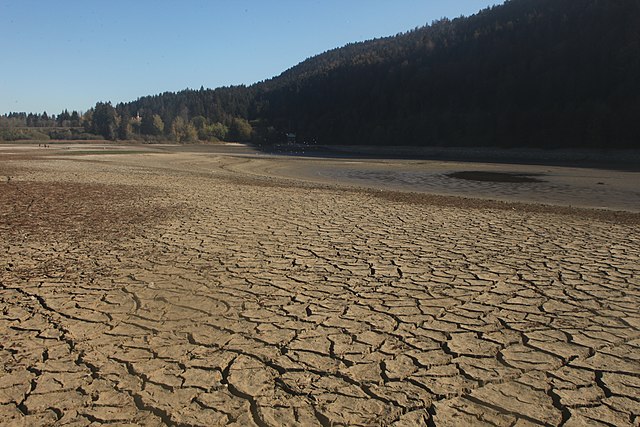Conserving water during a drought is crucial for mitigating the impact of water scarcity and ensuring sustainable use of this precious resource. Here are practical tips for conserving water during drought conditions:
Fix Leaks Promptly:
- Regularly check for leaks in faucets, pipes, and irrigation systems. Fix any leaks promptly to prevent unnecessary water waste. Even small leaks can add up to significant water loss over time.

- Regularly check for leaks in faucets, pipes, and irrigation systems. Fix any leaks promptly to prevent unnecessary water waste. Even small leaks can add up to significant water loss over time.
Water-Efficient Appliances:
- Invest in water-efficient appliances, such as low-flow toilets, high-efficiency washing machines, and low-flow showerheads. These appliances use less water without compromising performance.
Shorter Showers:
- Take shorter showers to reduce water consumption. Consider using a shower timer to help you keep track of your shower duration. Also, turn off the water while shampooing or soaping to further reduce usage.
Collect Rainwater:
- Use rain barrels to collect rainwater from your roof. This harvested rainwater can be used for watering plants, gardens, or lawns, reducing the demand on your local water supply.
Water Plants Wisely:
- Water outdoor plants early in the morning or late in the evening to minimize evaporation. Use a drip irrigation system or soaker hoses for targeted watering, and avoid overwatering by adjusting irrigation schedules based on weather conditions.
Mulching:
- Apply a layer of mulch around plants and in garden beds to retain soil moisture. Mulch helps reduce evaporation, suppress weeds, and maintain a more consistent soil temperature.
Sweep, Don’t Hose:
- Instead of using a hose to clean driveways, sidewalks, or patios, use a broom. Sweeping is an effective way to clean these areas without wasting water, and it also prevents debris from entering storm drains.
Reconsider Lawn Watering:
- During a drought, consider letting your lawn go dormant rather than maintaining a lush green appearance. If you do water your lawn, do it infrequently but deeply to encourage deep root growth.
Use a Pool Cover:
- If you have a swimming pool, use a pool cover to reduce evaporation. This helps retain water and reduces the need for frequent refilling.
Educate and Involve Others:
- Spread awareness about water conservation in your community. Encourage neighbors, friends, and family members to adopt water-saving practices. Collective efforts can have a significant impact during drought conditions.
Greywater Recycling:
- Consider recycling greywater from household activities like laundry or dishwashing to irrigate plants. Ensure that greywater systems comply with local regulations and safety guidelines.
Regular Maintenance:
- Regularly maintain and check the efficiency of your irrigation system. Make sure sprinklers are properly adjusted, and repair or replace any malfunctioning components to avoid water wastage.
Educate Yourself:
- Stay informed about water restrictions and guidelines issued by local authorities during drought periods. Follow any recommendations or restrictions to contribute to community-wide conservation efforts.
Water conservation is a shared responsibility, and individual efforts collectively make a significant impact. By adopting these practical tips, individuals and communities can contribute to preserving water resources, especially during drought conditions.











